Program Evaluation
Program evaluation involves collecting, analyzing, and communicating information about the effectiveness of a program. Program evaluation helps service providers and community partners learn from their experiences to understand what practices are working, which aspects need changing, and why. In these ways, evaluation can help improve the response to crime survivors.
There are four common types of program evaluation.

- Evaluability assessments are done in advance of evaluation to help younger programs demonstrate the usefulness and feasibility of evaluation. Evaluability assessments can clarify a program’s goals, resources, and activities and pinpoint areas for improvement before an evaluation should take place.
- Process evaluations track the progress or implementation of a program, measuring key milestones and how objectives are met. For example, a process evaluation of a new elder abuse program might explain what helps or hinders providers from following training protocols.
- Outcome evaluations track program successes by measuring the achievement of core program goals. For example, if an agency wants to know whether its vicarious trauma training is helping improve service providers’ emotional well-being, they would conduct an outcome evaluation.
- Cost-benefit analyses examine the benefits achieved by a program or practice and compare them with the costs to achieve those benefits. For example, a cost-benefit analysis might compare the costs of a human trafficking program with the monetary benefits of reducing victims’ future reliance on housing, employment, medical, and social services.
Tools and Tips
EvaluACTION: Putting Evaluation to Work (Centers for Disease Control and Prevention). This fun, interactive tool was designed for people interested in learning about program evaluation and how to apply it to their work. It helps users see themselves in the process and breaks down any perceived roadblocks. Part of the CDC’s VetoViolence materials.

Non-Researcher’s Guide to Evidence-Based Program Evaluation, 2012 (SAMHSA’s National Registry of Evidence-based Programs and Practices). This guide offers a basic overview of program evaluation, including the goals of evaluation, types of evaluation, and common study designs. It is appropriate both for those who are able to conduct an evaluation internally and those who will need to hire an external evaluator.

Program Evaluation for VOCA Grantees: Advanced Training, 2012 (Crime Victim Services Commission, Michigan Department of Community Health). This workbook, written by Dr. Cris Sullivan, leads VOCA grantees through the evaluation process and includes sample evaluation materials such as surveys and feedback forms.
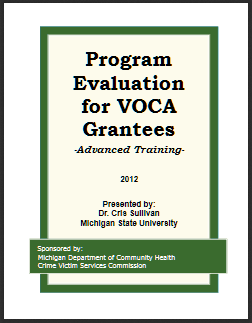
The Victim Service Program Evaluation, 2008 (Pennsylvania Coalition Against Rape) This guide can be used by any victim service agency, regardless of location (urban versus rural), type (systems or community based), or population served (domestic violence, sexual assault, or other serious crimes). However, it is written from the perspective of a community-based victim service agency.
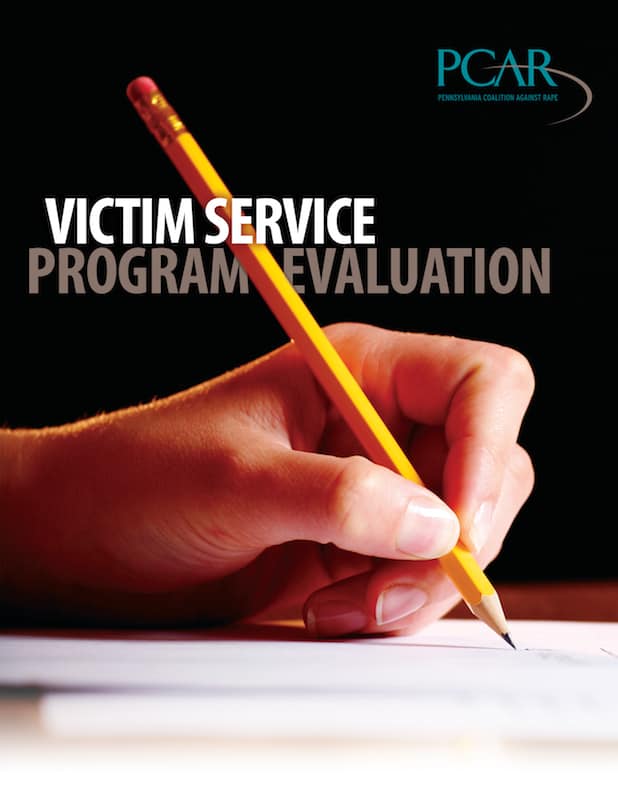
Evaluation electronic clearinghouse, (Wisconsin Coalition Against Sexual Assault, UW-Extension and the CDC). This website contains guides, webinars, worksheets, learning activities and other resources that will assist in building evaluation systems. Designed specifically to assist in evaluating sexual assault prevention and advocacy programs but valuable for others.
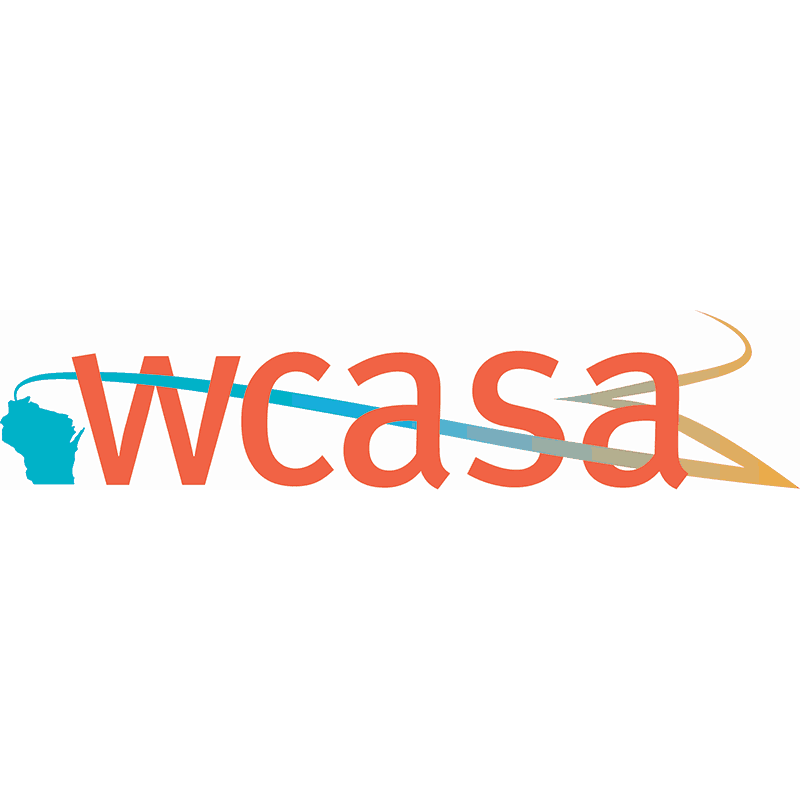
Training
Is This a Good Quality Outcome Evaluation Report? This Center for Victim Research webinar with Dr. Stan Orchowsky guides practitioners through key issues that can distinguish good from poor quality outcome evaluations. The Practitioner Guide for Reviewing Outcome Evaluation Reports is a handout related to this webinar.
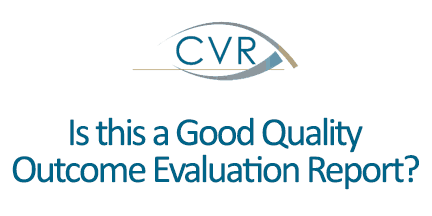
Additional Resources
Guide to Performance Measurement and Program Evaluation, 2010 (OVCTTAC). This guide help the user prepare goals and objectives, identify performance measures and program outcomes, formulate evaluation questions, create a logic model, select an evaluation design, decide on data collection methods, analyze and present data, and use evaluation data.

Roadmap for Collaborative and Effective Evaluation in Tribal Communities, 2013 (Child Welfare Research and Evaluation Tribal Workgroup). This tool, while designed specifically to support the evaluation of Tribal child welfare programs, is useful to any collaborative effort to improve evaluation of Tribal programs.
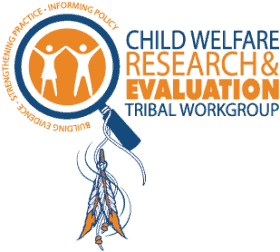
Introduction to Evaluations. (Abdul Latif Jameel Poverty Action Lab at the Massachusetts Institute of Technology). This guide provides an introduction to randomized evaluations, including “how to” and answers to key questions.
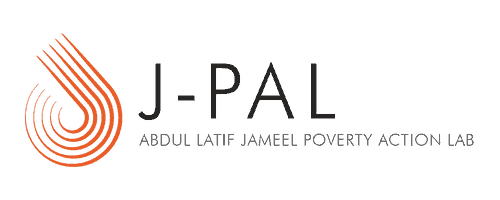
Inclusive Evaluations, Racial Equity Tools. This collection of resources to support inclusive evaluations includes information on incorporating cultural humility and engaging in participatory action research.

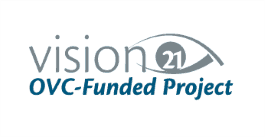
FOLLOW US